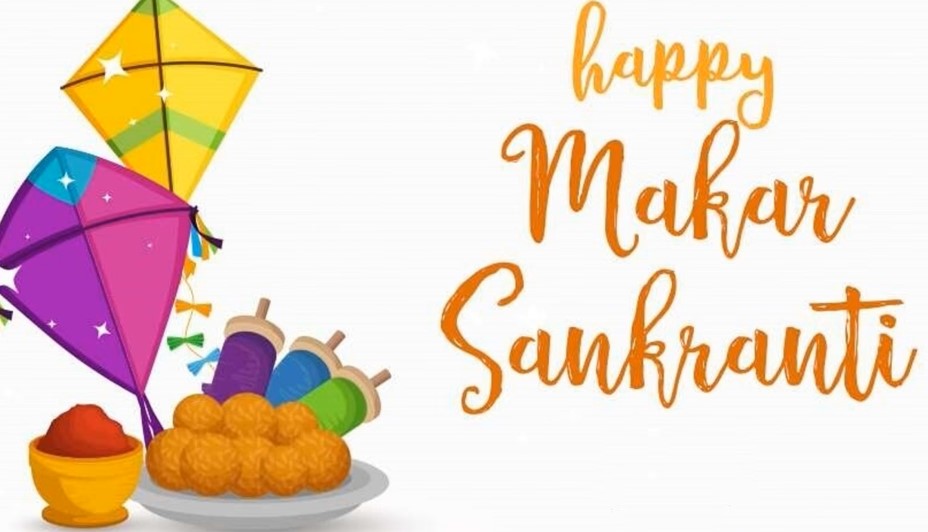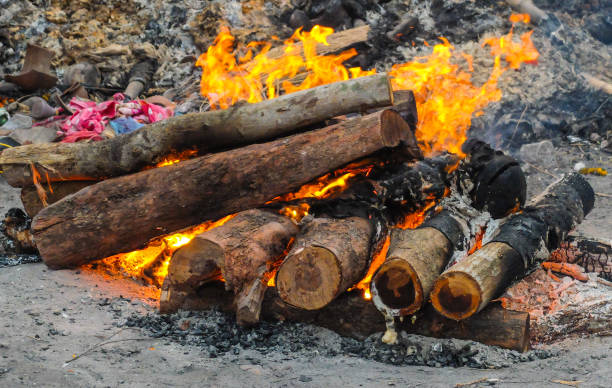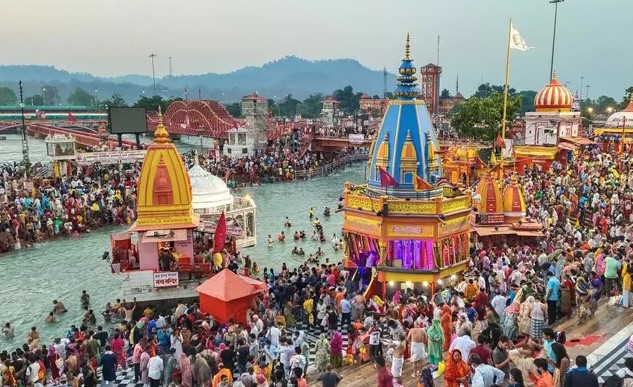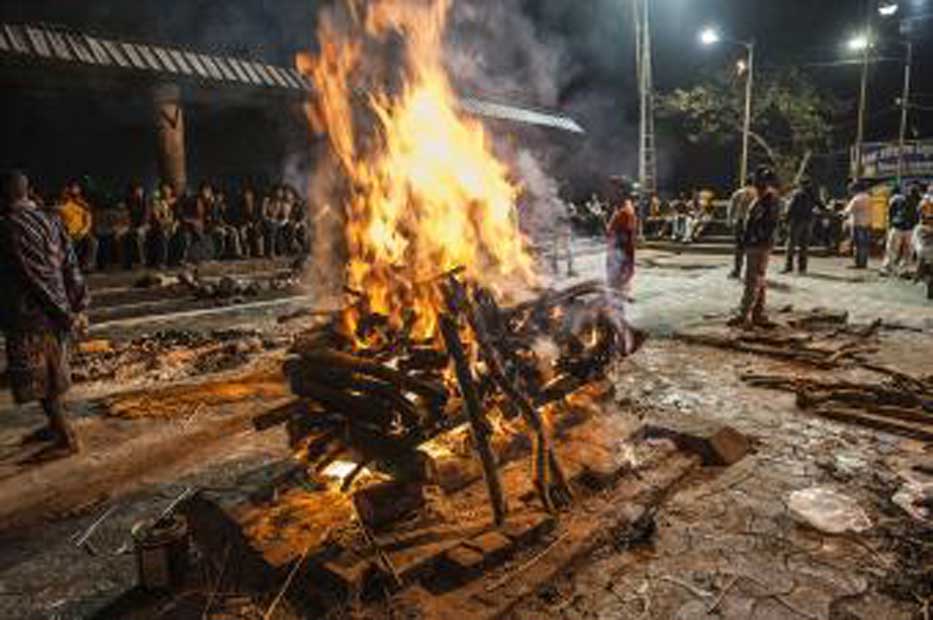Makar Sankranti is a popular Hindu festival celebrated in India and Nepal, marking the transition of the Sun into the zodiac sign of Capricorn (Makara) as it moves northward (Uttarayana). This event usually occurs on January 14th every year but can sometimes fall on January 15th, depending on the solar calendar.
Significance:
- Harvest Festival: Makar Sankranti is celebrated as a harvest festival, signaling the end of winter and the beginning of longer days as the Sun moves northward.
- Spiritual Importance: The festival is associated with the worship of the Sun God (Surya) and is considered an auspicious time for performing sacred rituals, bathing in holy rivers, and starting new ventures.
- Cultural Diversity: This festival is celebrated across India under various names and distinct traditions unique to each region.
- Pongal in Tamil Nadu
- Lohri in Punjab
- Uttarayana in Gujarat
- Magh Bihu in Assam
- Khichdi in Uttar Pradesh and Bihar
Makar Sankranti – Customs and Traditions :
- Kite Flying: Particularly in Gujarat and Rajasthan, flying kites is a hallmark of Makar Sankranti. People fly kites all over Punjab also
- Special Foods: Traditional foods such as tilgul ladoos and chikkis , symbolizing sweetness and togetherness.
- Holy Baths: Devotees take dips in sacred rivers like the Ganges, Yamuna, and Godavari to cleanse their sins and attain spiritual merit.
- Charity: It is highly virtuous to donate food, clothes, and other essentials to the needy during this festival.
Greeting:
A common greeting for the festival is: “Tilgul ghya, god god bola” (Marathi), meaning “Take this sweet (made of sesame and jaggery) and speak sweetly.”
Click here to learn more about Makar Sankranti or any related traditions?
मकर संक्रांति Makar Sankranti
भारत का एक प्रमुख त्योहार है, जिसे हर साल 14 या 15 जनवरी को मनाया जाता है। यह त्योहार सूर्य के मकर राशि में प्रवेश करने और उत्तरायण की शुरुआत का प्रतीक है। इसे मुख्य रूप से फसलों के कटाई के त्योहार के रूप में मनाया जाता है और यह शीत ऋतु के समाप्त होने और गर्मी के आगमन का संकेत देता है।
मकर संक्रांति का महत्व:
- सौर पर्व: यह त्योहार सौर कैलेंडर पर आधारित है और इसी कारण इसकी तिथि हर साल लगभग स्थिर रहती है।
- आध्यात्मिक महत्व: इस दिन पवित्र नदियों में स्नान करना और दान करना बहुत शुभ माना जाता है। ऐसा कहा जाता है कि इस दिन किए गए पुण्य कर्म कई गुना फल देते हैं।
- सांस्कृतिक विविधता: भारत में इसे अलग-अलग नामों और परंपराओं के साथ मनाया जाता है:
- पोंगल: तमिलनाडु में
- लोहड़ी: पंजाब में
- उत्तरायण: गुजरात में
- माघ बिहू: असम में
- खिचड़ी: उत्तर प्रदेश और बिहार में
परंपराएँ:
- तिल-गुड़ के व्यंजन: इस दिन तिल और गुड़ से बने लड्डू, गजक और चक्की जैसे पकवान बनाए जाते हैं। यह आपसी मिठास और भाईचारे का प्रतीक है।
- दान-पुण्य: अन्न, वस्त्र, तिल और अन्य जरूरत की चीजों का दान करना शुभ माना जाता है।
- पतंगबाजी: गुजरात और राजस्थान में इस दिन पतंग उड़ाने का विशेष रिवाज है। आसमान रंग-बिरंगी पतंगों से भर जाता है।
- सूर्य उपासना: लोग सूर्य भगवान को अर्घ्य देकर उनकी कृपा की कामना करते हैं।
- स्नान और पूजा: गंगा, यमुना और गोदावरी जैसी पवित्र नदियों में स्नान करना और पूजा करना इस दिन का मुख्य भाग है।
विशेष संदेश:
महाराष्ट्र में लोग कहते हैं:
“तिल गुड़ घ्या, गोड गोड बोला”
इसका अर्थ है, “तिल और गुड़ लो, और मीठा बोलो।”
क्या आप किसी विशेष राज्य या परंपरा के बारे में और जानकारी चाहते हैं? 😊




